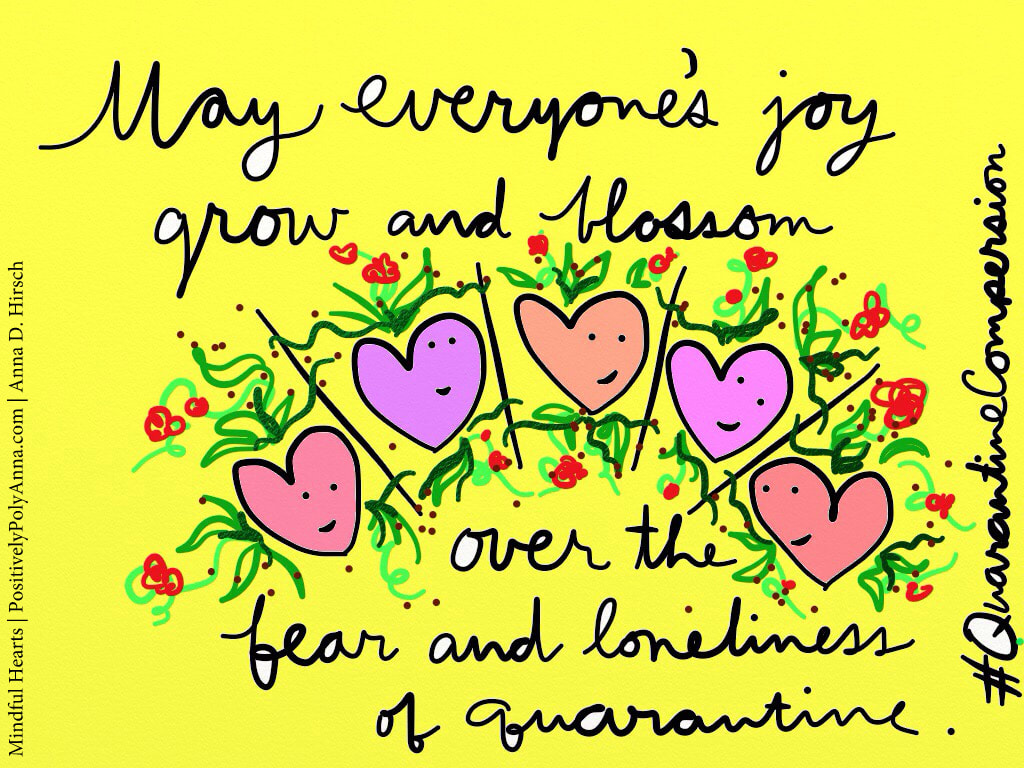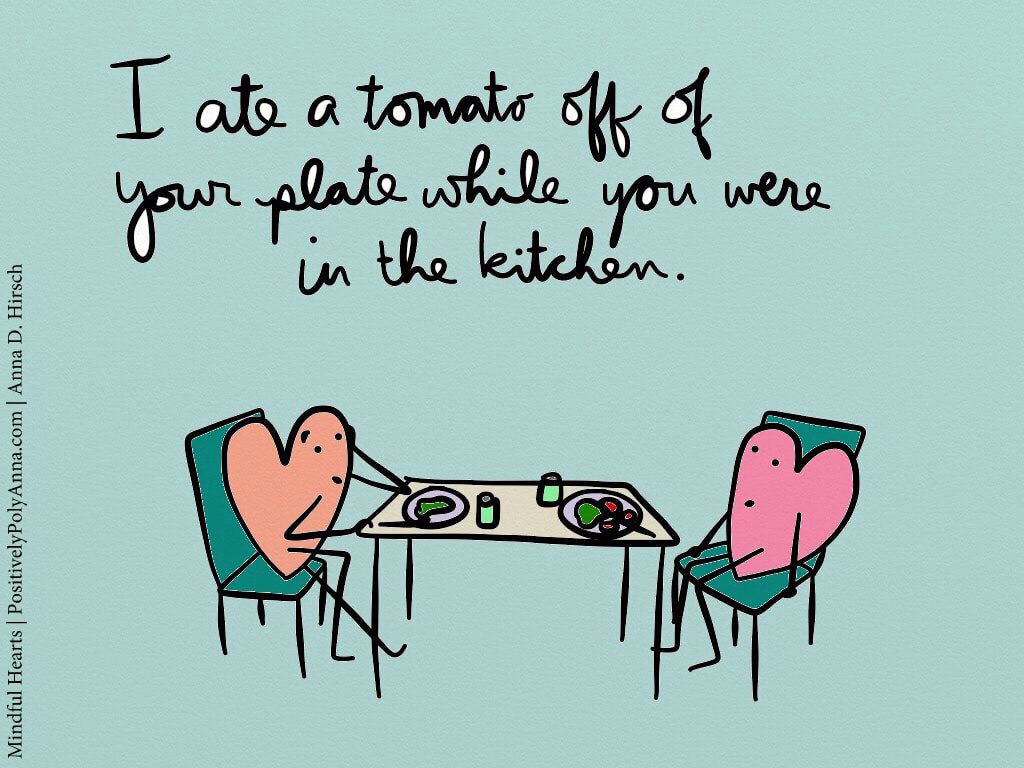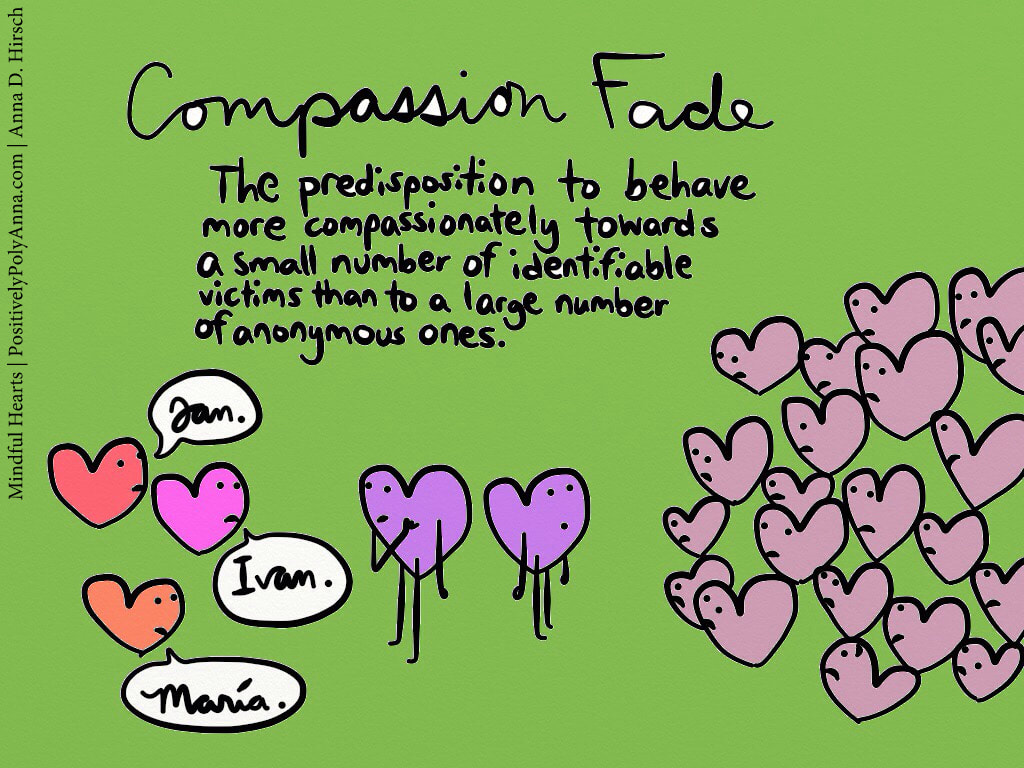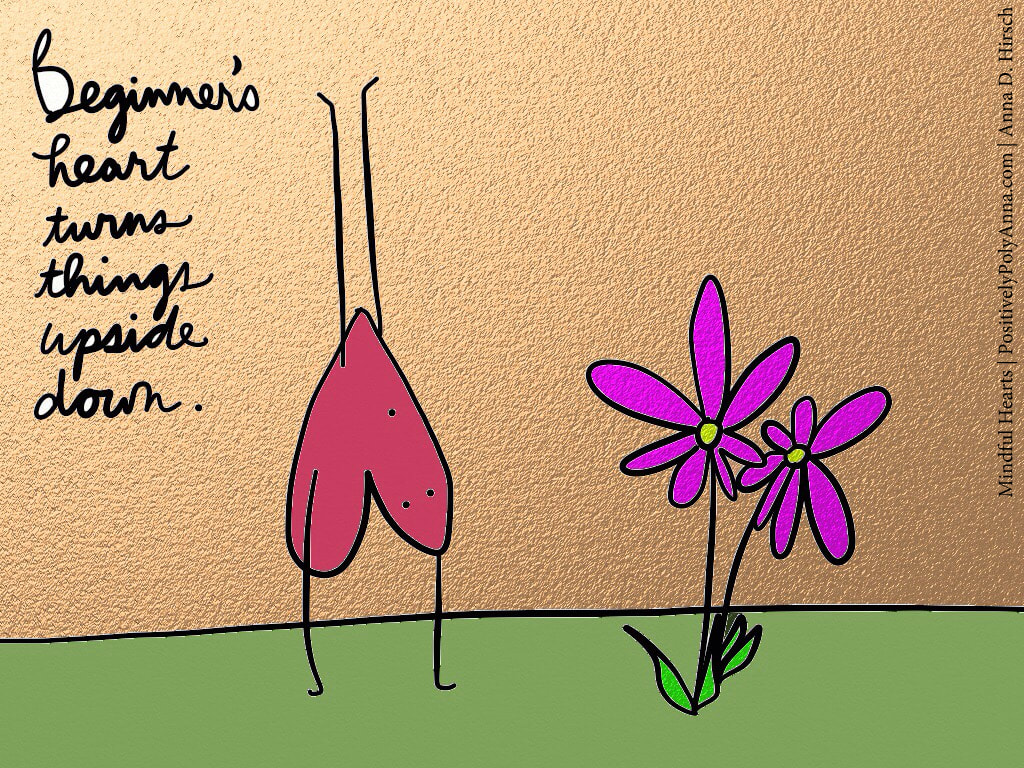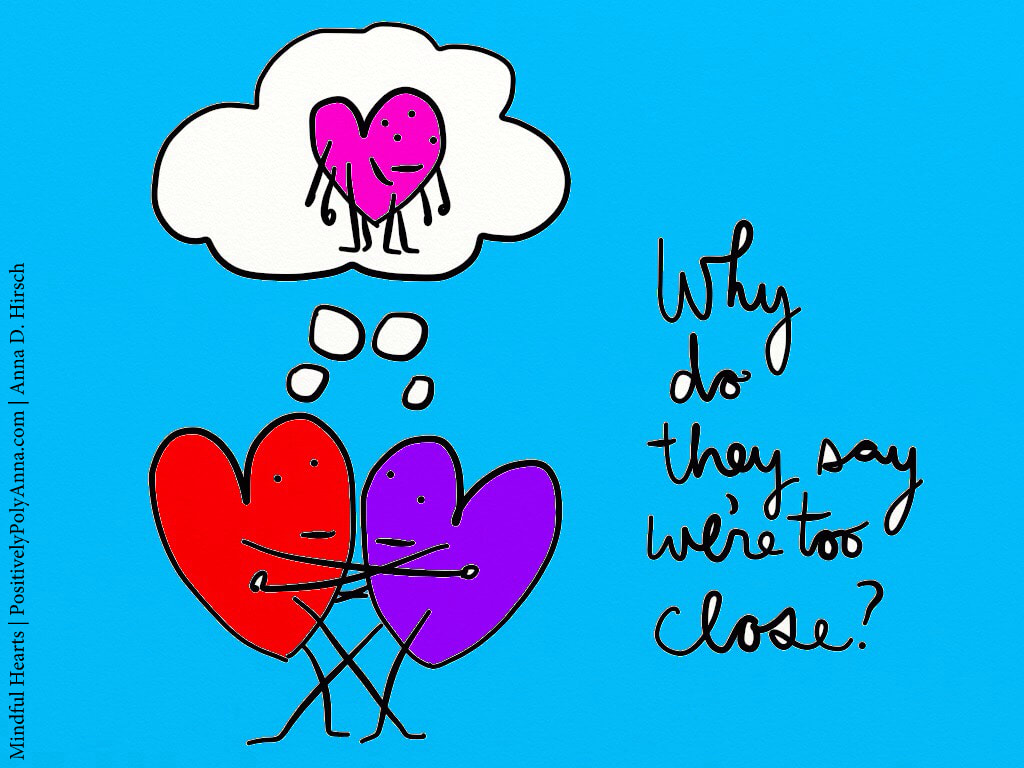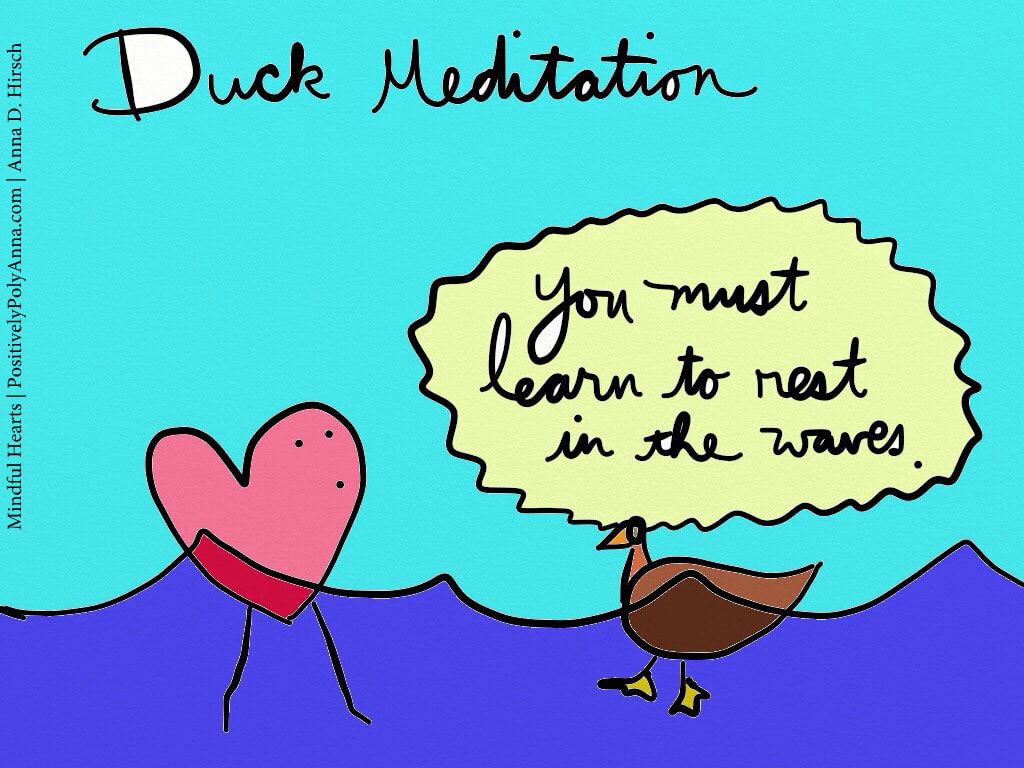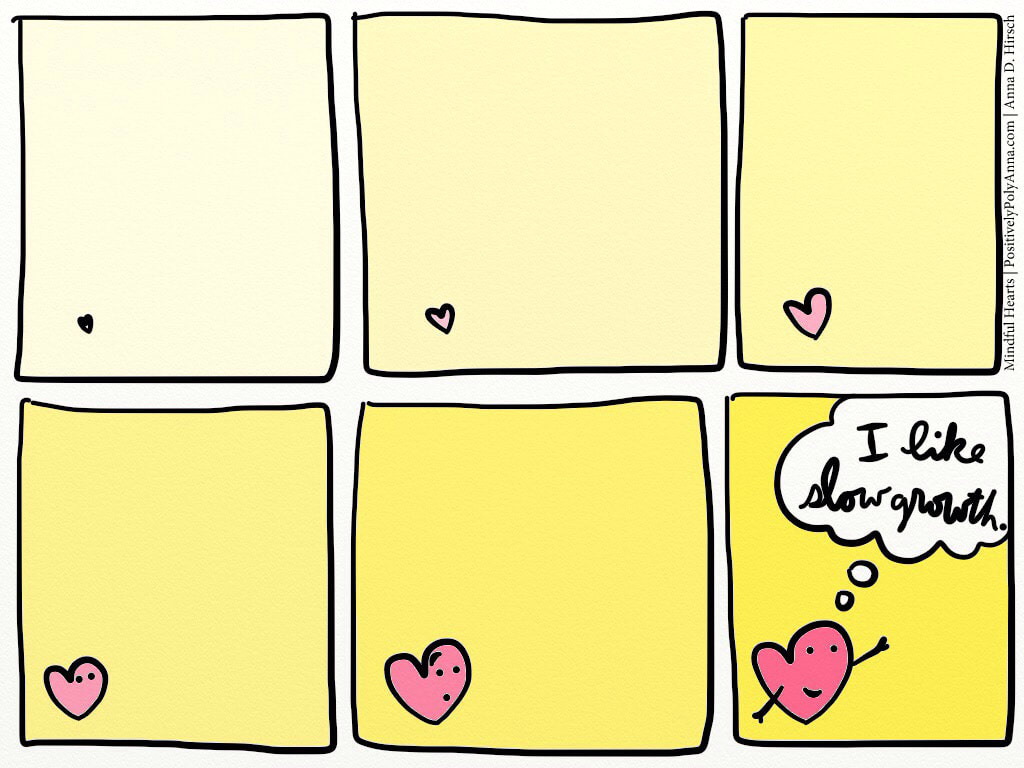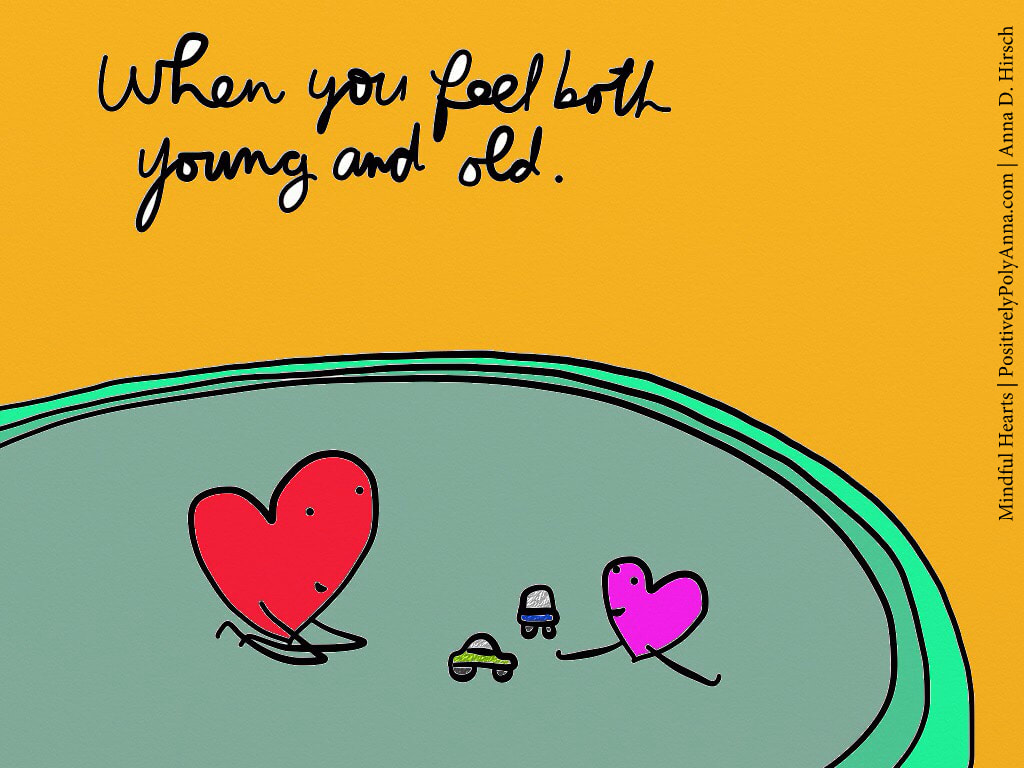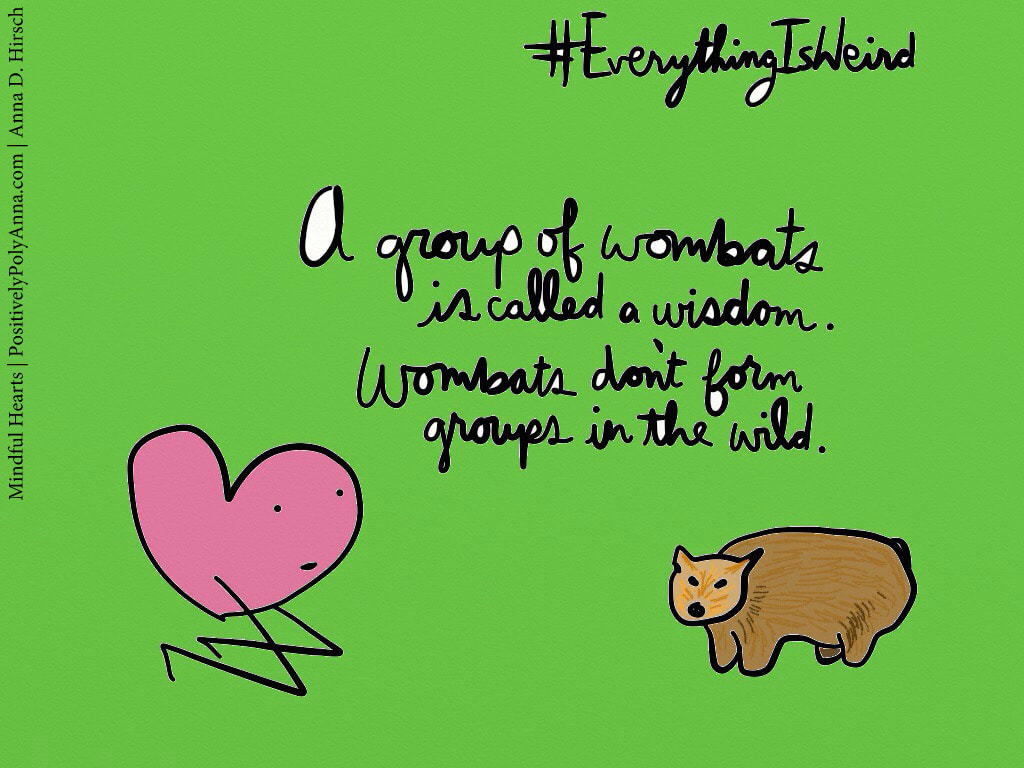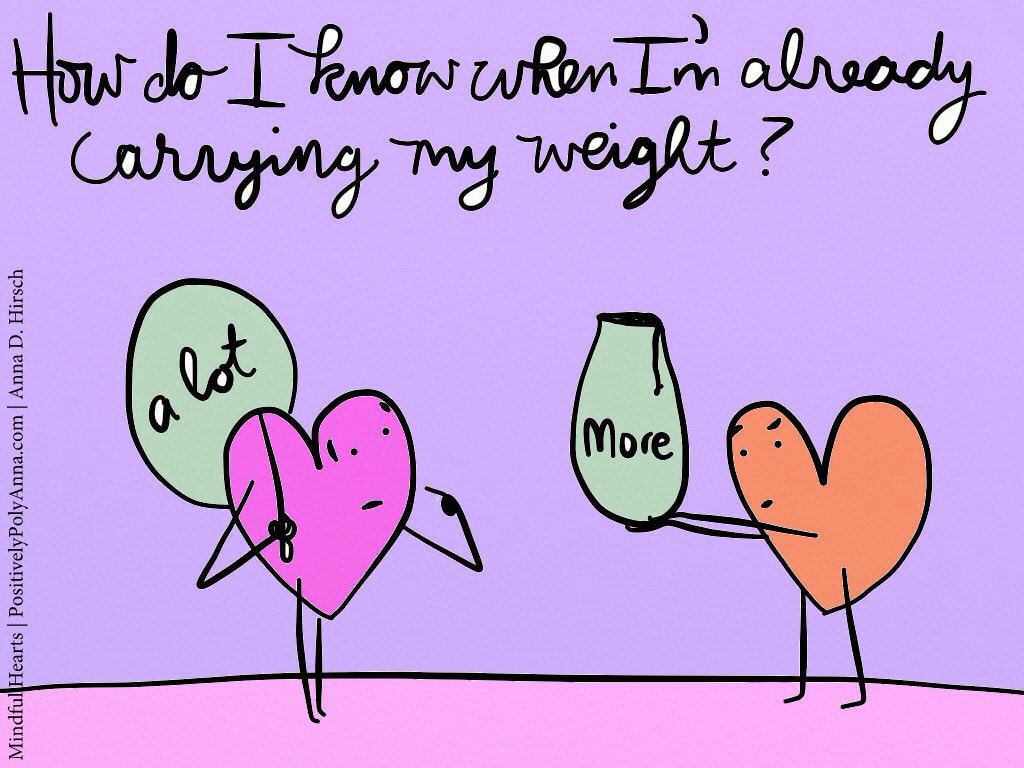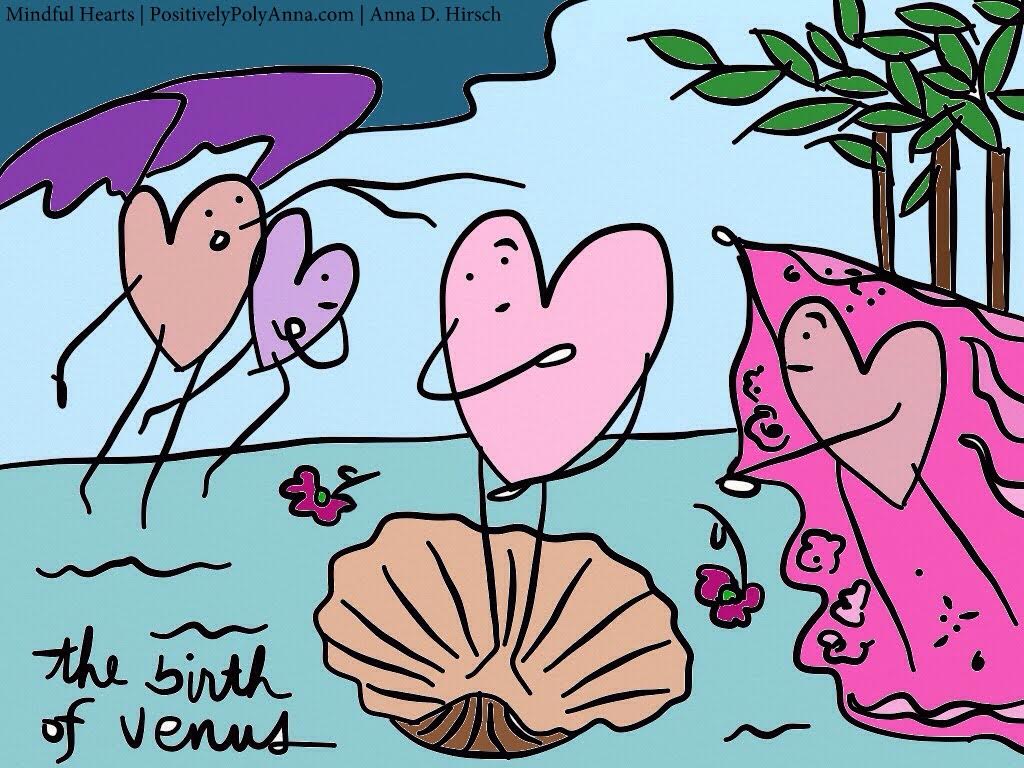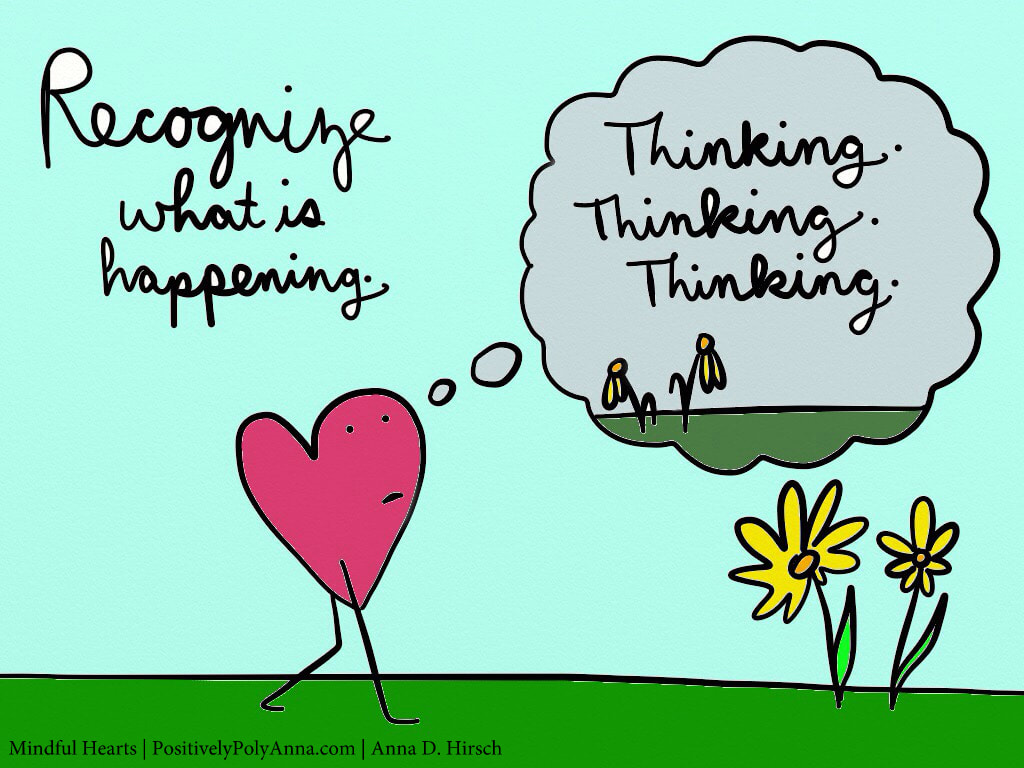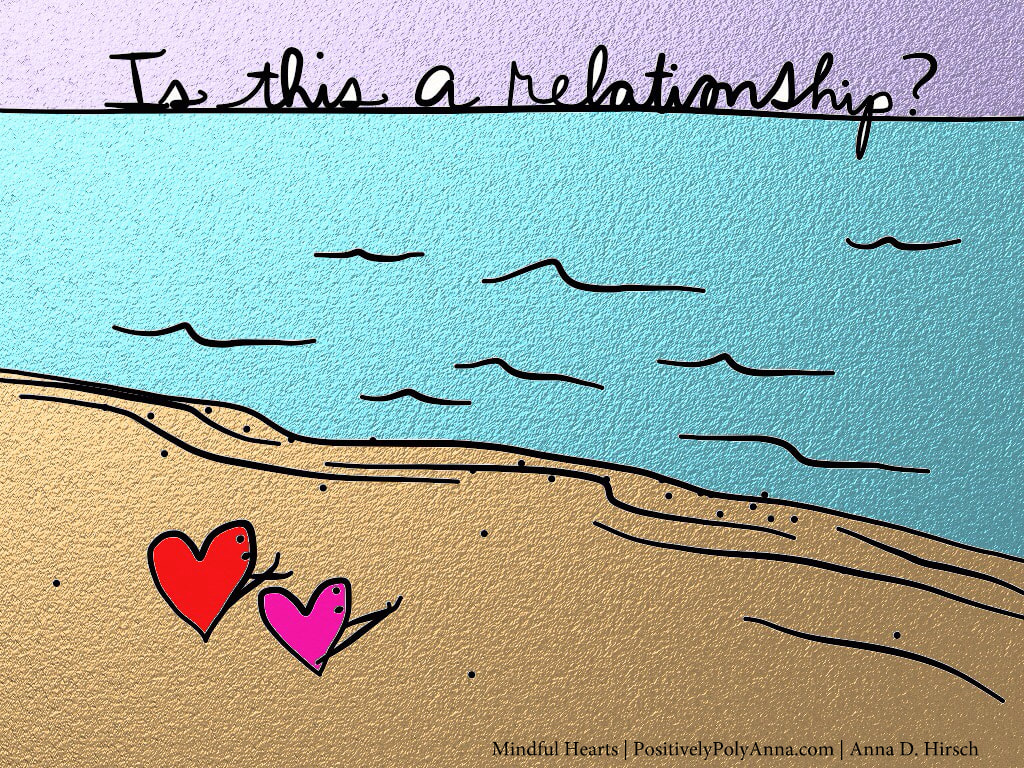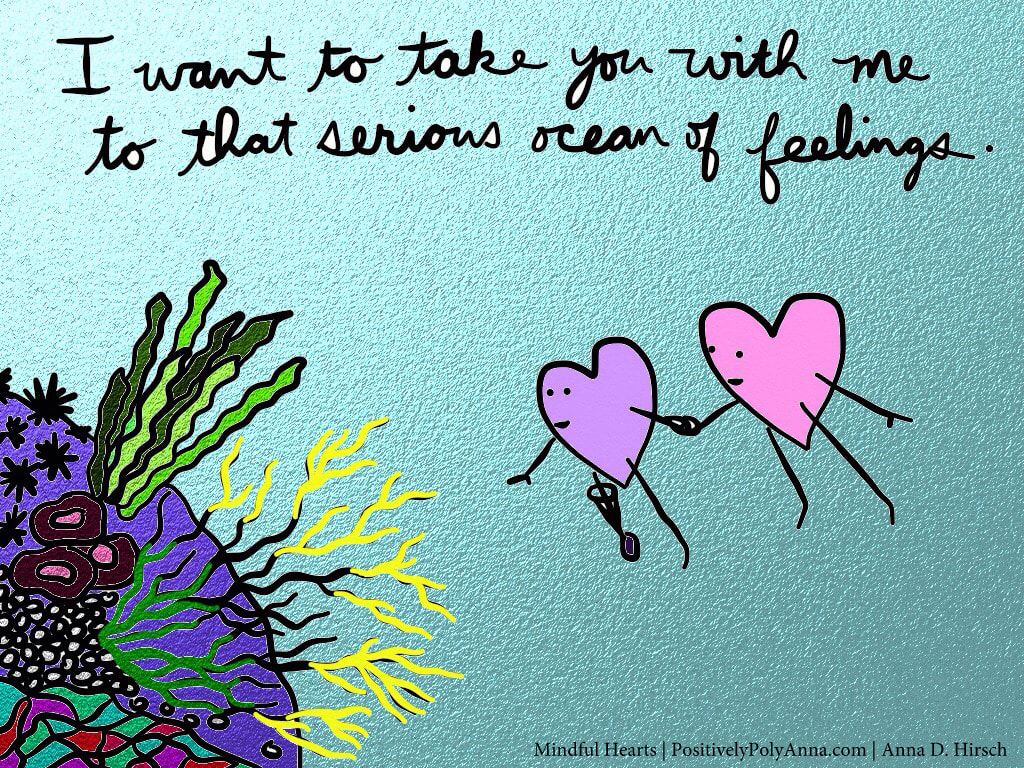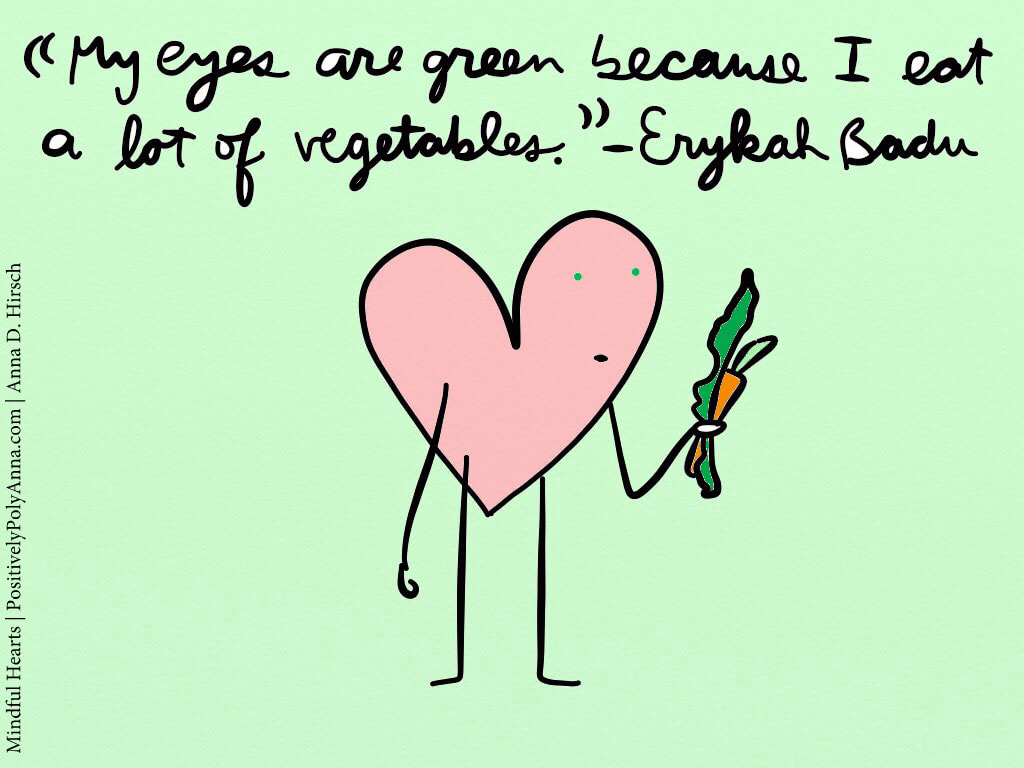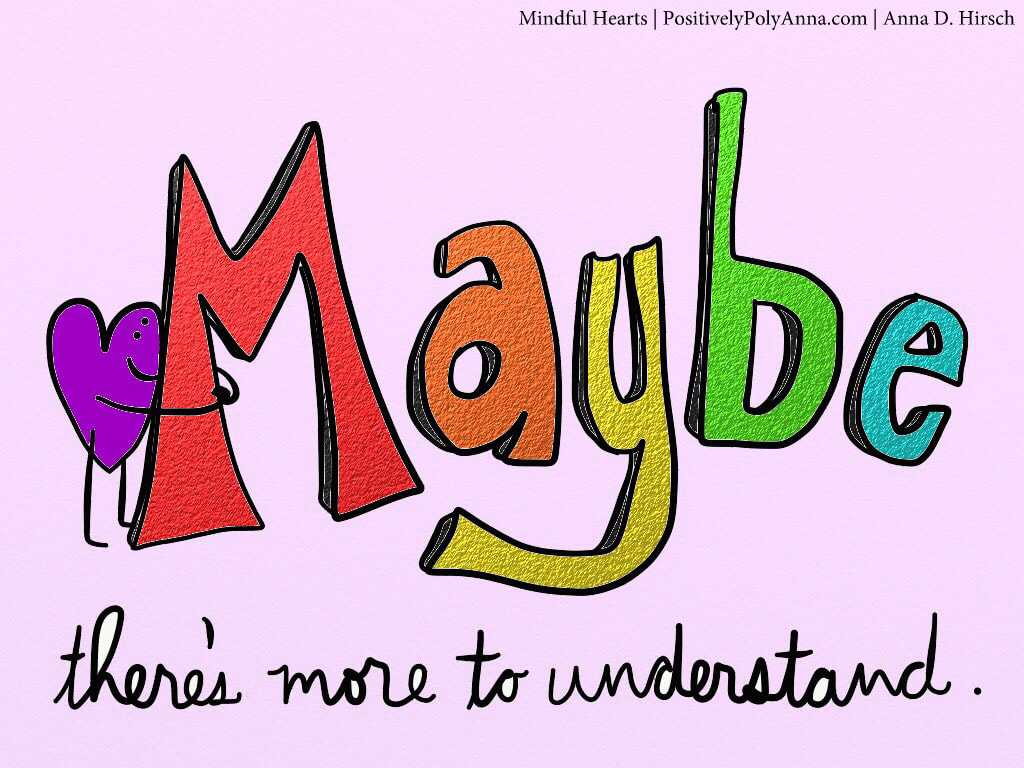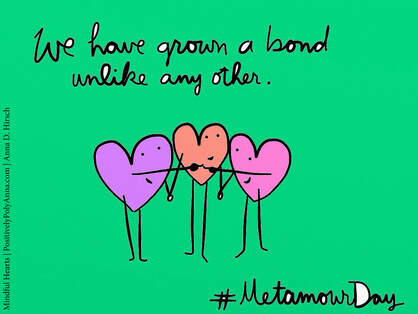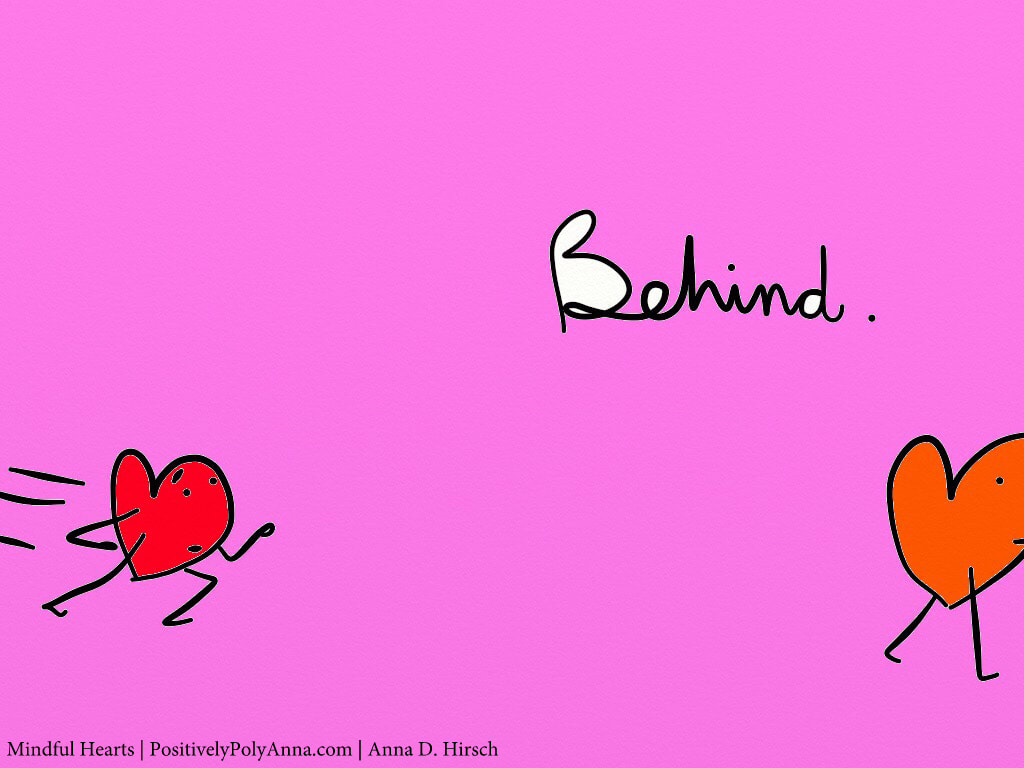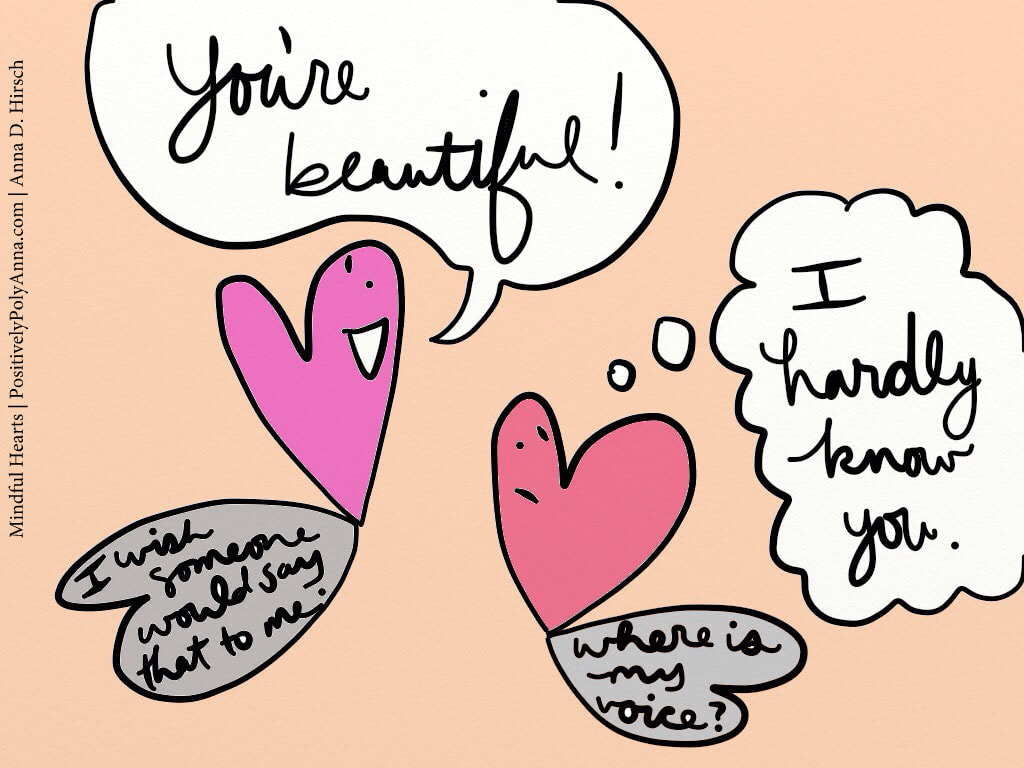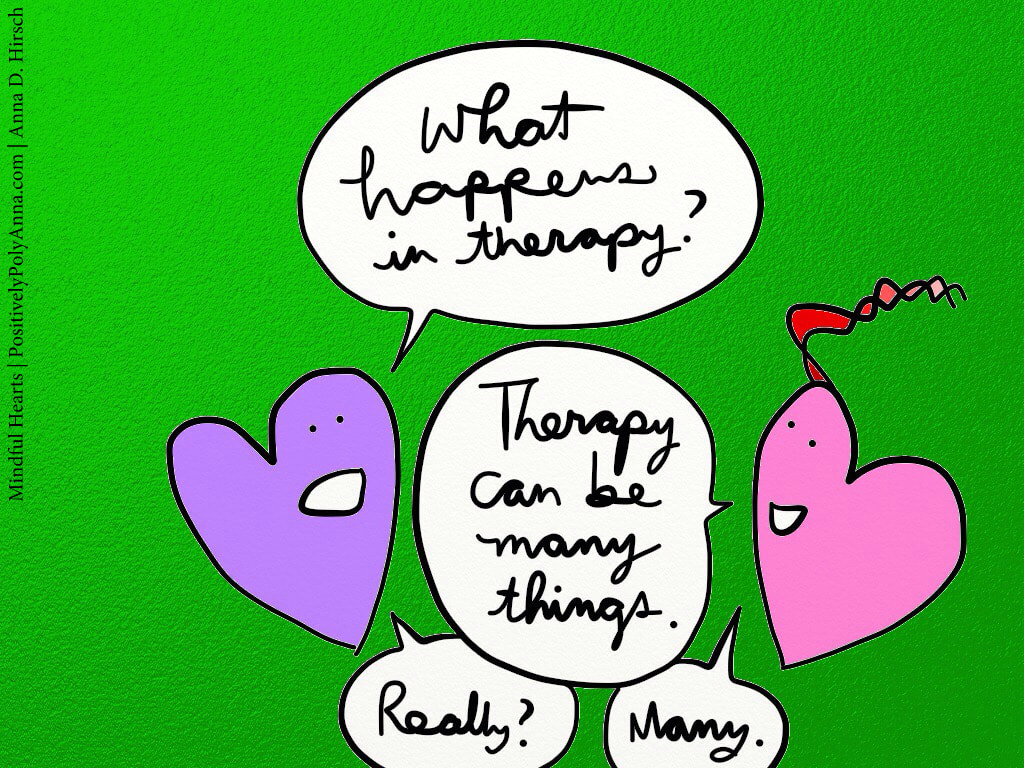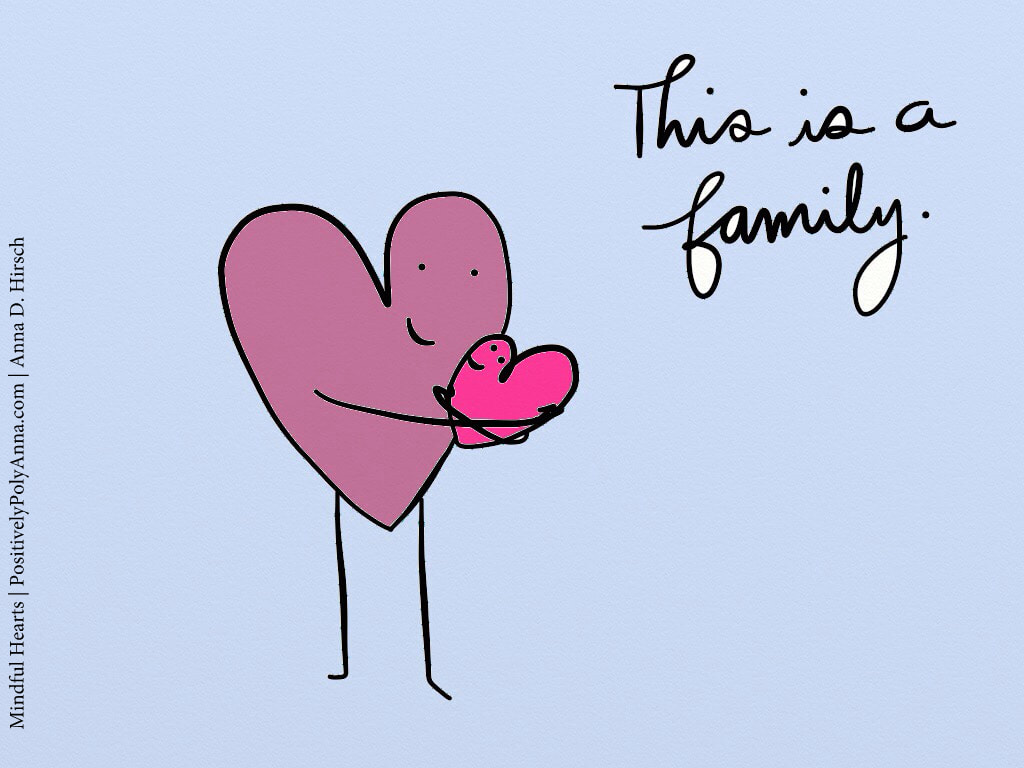|
Some scientists, like Barbara Fredrickson, now argue that love is a physiological process that occurs between two or more people who are in physical proximity of each other. Other researchers, like Ryan Wynia, are trying to understand the role that technology plays in brain and body simulations of proximity. The neuronic capacity to simulate physical closeness may be an important (if weaker than actual physical togetherness) tool in our ability to foster intrapersonal and interpersonal wellbeing in a technological age. What's something you've noticed about how technology interacts with your emotions and your relationships? [image description: Two panels side by side show cell phones in two different locations, one on a table and the other on a bed. Both cell phones have a photo of a heart as the screen wallpaper. The times on the phone are different by approximately half an hour. The first phone is announcing a phone call. The second phone is announcing a text message. Text reads, "Is this a relationship?"]
0 Comments
Leave a Reply. |
Welcome!
I love you already. ⇩⇩⇩
SHOP ⇧⇧⇧
500 PATRONS
IN 5000 DAYS CHALLENGE You can be part of spreading #MindfulHearts to people's living rooms. The first 500 patrons will be acknowledged in the #MindfulHearts coloring and activity book, Room for Living (with an estimated release in 2025). Just $1/month pledge is a great way to say, "I want to keep seeing new #MindfulHearts every day!" Archives
April 2024
|
♡ ♡ ♡ ♡ ♡
♡ ♡ ♡ ♡ ♡
|
In response to the much-needed call for #COVIDCompassion, #MindfulHearts offers the sister chant of #QuarantineCompersion.
The art and skill of understanding the suffering of others and feeling and acting on the impulse to lessen that suffering goes hand in hand with the art and skill of feeling and acting on the impulse to nourish joy everywhere. May we all have moments of joy that grow and extend through the times we live in and beyond. |
♡ ♡ ♡ ♡ ♡
collections
"In truth we have to integrate our wounds into
our understanding of who we are and what we are
capable of so that we can be whole human beings."
Reverend angel Kyodo williams Sensei
Radical Dharma
* * *
Copyright © 2015
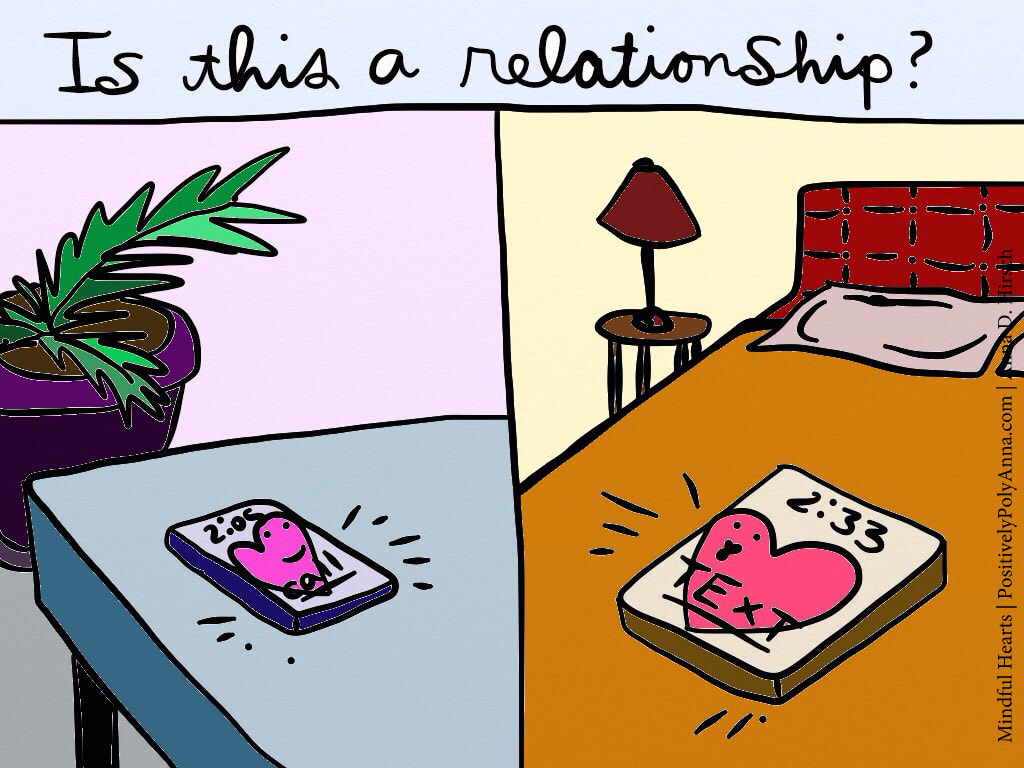

 RSS Feed
RSS Feed

